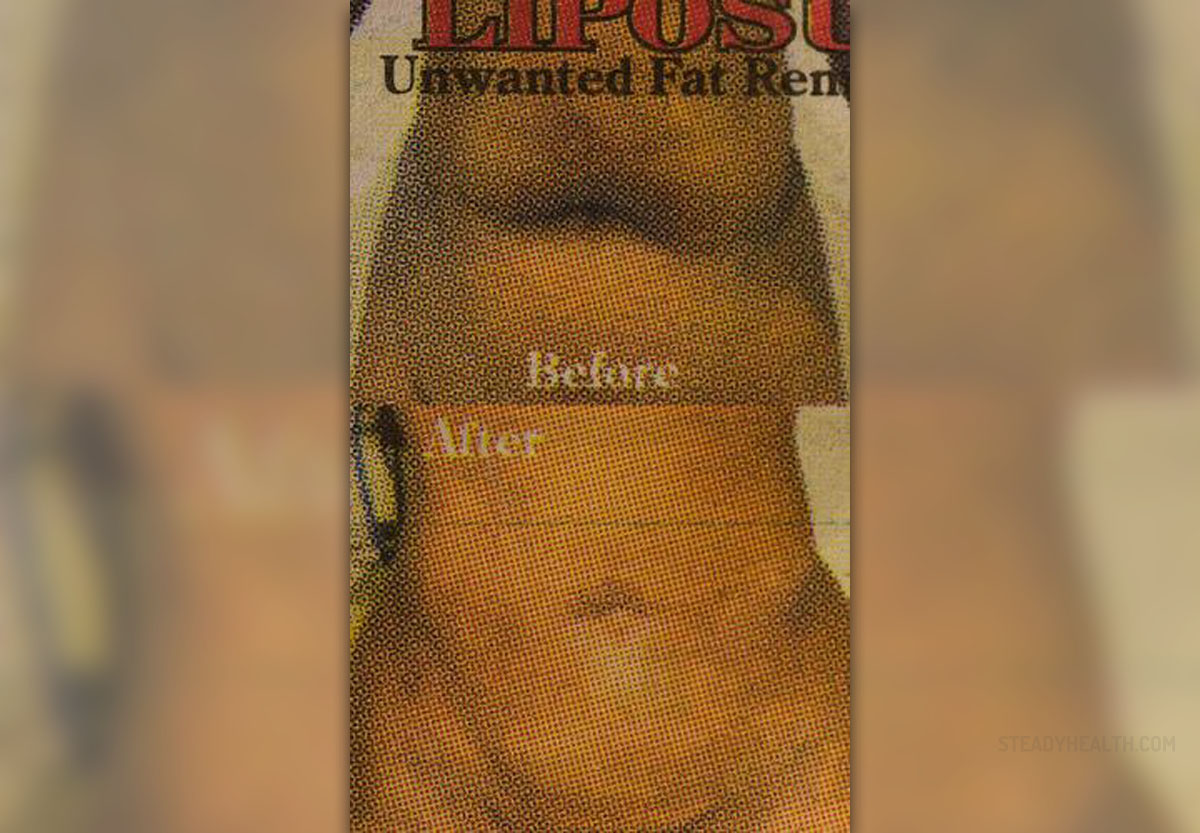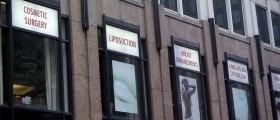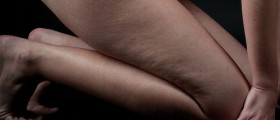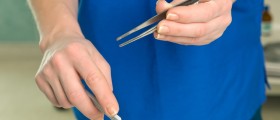
Liposuction is a treatment option which can successfully help a person get rid of the excessive fat tissue. The goal of the treatment is to eliminate fat tissue from certain body areas and remodel the figure. The most commonly treated body parts are hips, abdomen, thighs, buttocks and face.
Who is Suitable Candidate for Liposuction?
People who are slightly overweight, those with firm and elastic skin, people of good overall health and those with concentrated pockets of fat that simply cannot be removed with a diet and exercise represent the most suitable candidates for liposuction. Each patient must have realistic expectations since during the procedure only a certain amount of fat can be removed.
The procedure may not be the best option for people with poor skin quality (cellulite). One of the potential problems after liposuction in such patients is the development of skin irregularities which can be easily explained by the presence of under- or over- correction of fat deposits. Older patients are also not good candidates for liposuction. Their skin is not elastic enough and there may be health issues which can induce certain complications.Types of Liposuction
Liposuction can be performed in a form of tumescent liposuction and ultrasound-assisted liposuction. In tumescent liposuction the treated area is first injected a solution that contains a saline solution, a painkiller and epinephrine. What follows is mechanical removal of the fat tissue with the cannula. In ultrasound-assisted liposuction the fat tissue is first liquefied with the ultrasound energy and then it is removed from the body. Depending on the type of the procedure liposuction can be performed as an outpatient procedure and in some cases patients need to be hospitalized.
Recovery Time after Liposuction
In case of an outpatient procedure the recovery is quick. Majority of patients return to their every day activities within a few days after the surgery. Bruising, swelling and pain in the operated area is normal and withdraws after a few weeks. The extent of the surgery may influence the length of the recovery.The volume of the removed fat tissue as well as the operated area are two additional factors which determine the length of the recovery.
Risks of Liposuction
As it is the case in other surgical procedures, even liposuction carries certain risks. All the potential risks are reduced to minimum if the procedure is performed by a specially trained, board-certified plastic surgeon. The most common complications are infection and skin discoloration. There are several more complications and they include extended healing time, allergic reaction to medications or anesthesia, fat/ blood clots, excessive fluid loss, fluid accumulation, friction burns, damage to the skin and nerves and damage to vital organs.

















Your thoughts on this
Loading...